|
The Sun type V radio emission burst was observed with three instruments.
- Tektronix MDO4104-6 spectrum analyzer being controlled by HP laptop with Python script to log screen captures.
- Icom
IC-R75 radio receiver with Radio-SkyPipe strip chart recorder.
- RFSpace
SDR-IQ Receiver with SpectraVue software.

Tektronix MDO4104-6 spectrum analyzer
- The below Tektronix MDO4104-6 spectrum analyzer display shows the Sun radio emissions from 17.5 MHz to 24.0 MHz.
- The Sun radio emission is the thick white blueish horizontal line just above the bottom of the blue spectrogram window.
- The first set of strong vertical signals from the left edge are the 17.5 MHz to 17.9 MHz broadcasting stations.
- The second set of strong signals from the left edge are the
17 meter (18.068 MHz to 18.168 MHz) amateur radio band.
- Radio station WWV at 20.0 MHz
is the white vertical line in the spectrogram just over one division left of center.
- WWV distance is 1,511 km with a bearing of 105.3 degrees.
- The strong set of signals just right of the center frequency is the
15 meter
(21.0 MHz to 21.45 MHz) amateur radio band.
Tektronix MDO4104-6 Spectrum Analyzer Video
- MDO20140510_1753 file video
- Notice the rapid onset of ~18dB rise and slower decay.
- Scroll through the video frame by frame to see each spectrum trace.
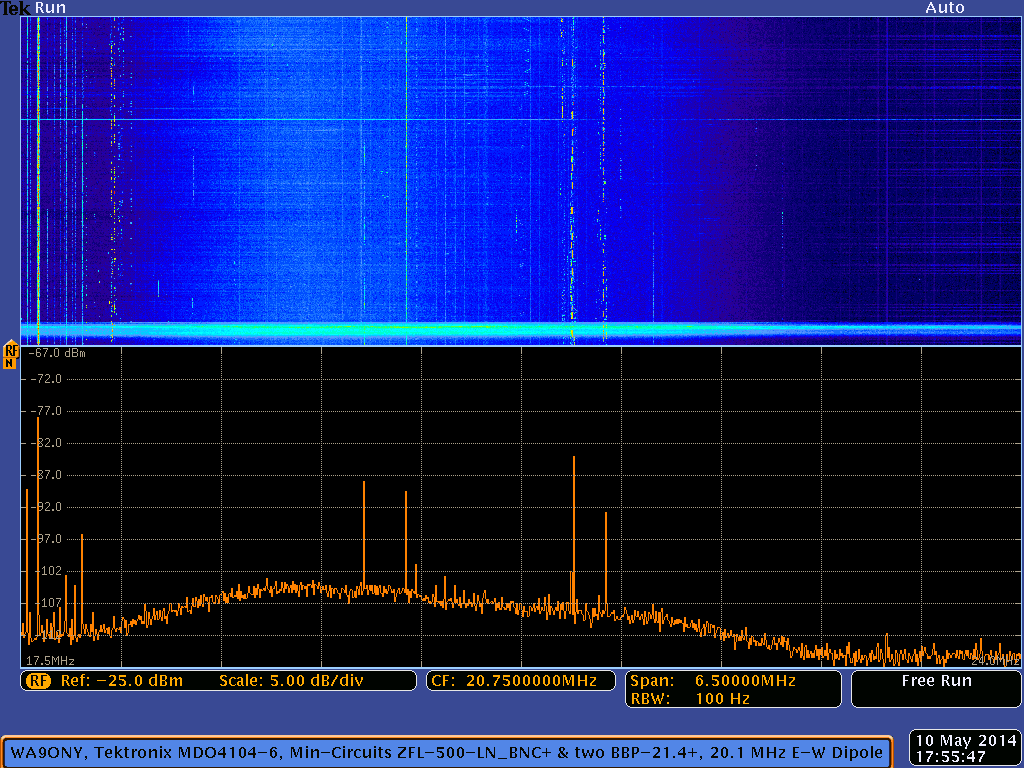

United States Frequency Allocations
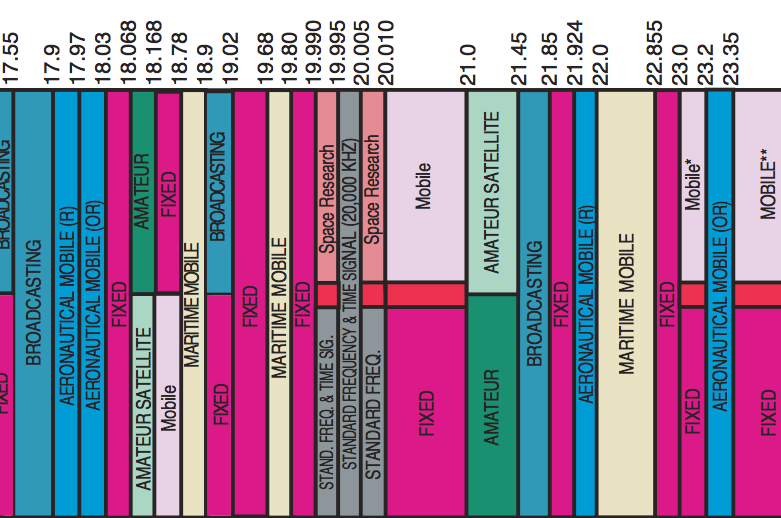

Strongest Solar Radio Burst Captured with the Spectrum Analyzer
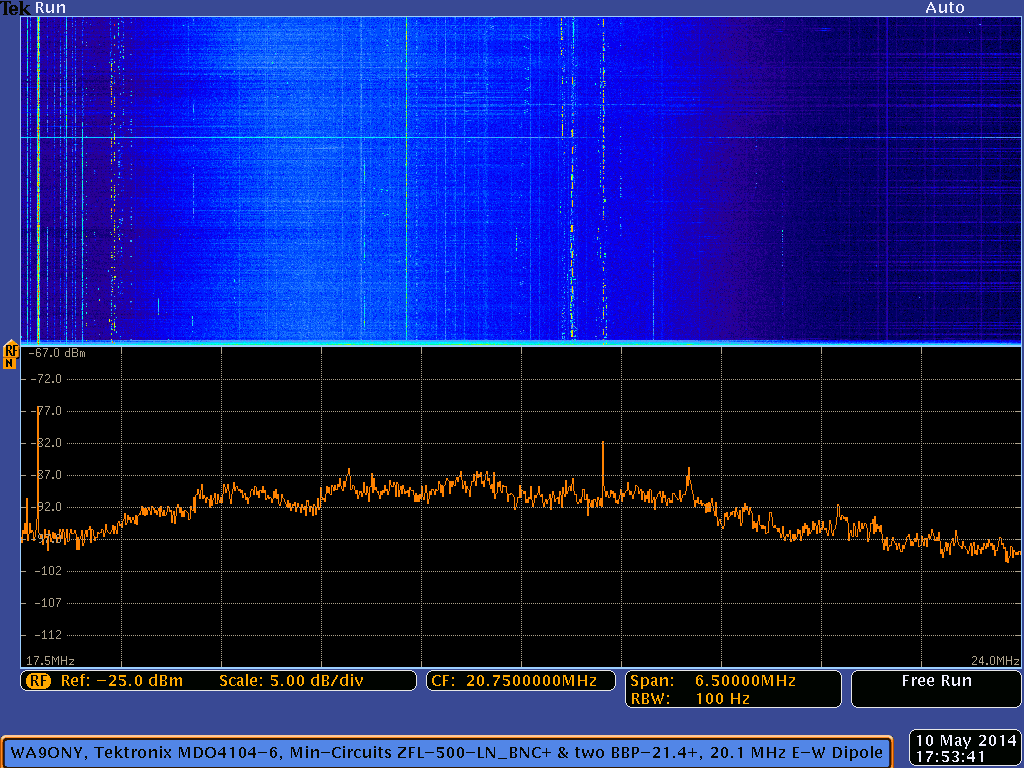
Spectrum Analyzer Summary
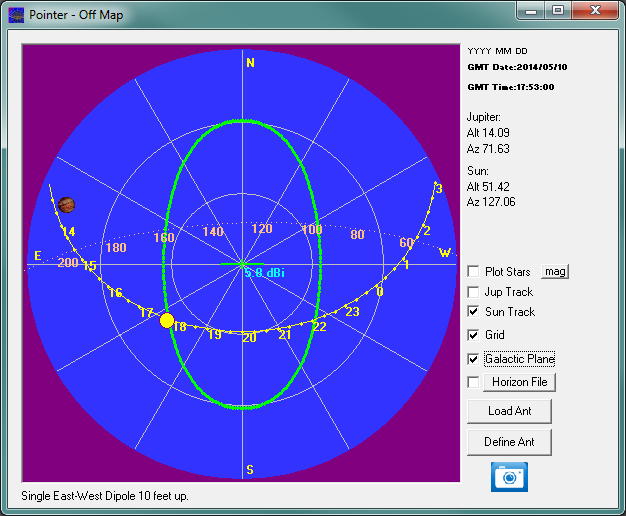
The above spectrum trace shows the approximately 18 dB rise in nose level at 20.75 MHz center frequency for the strongest Sun radio emission signal acquired at 17:53:41 UT. The Sun was 51.42 degrees above the horizon when the radio emission occurred.
Tektronix MDO4104-6 spectrum analyzer.
- 17.5 MHz start frequency
- 20.75 MHz center frequency
- 24.0 MHz stop frequency
- 6.5 MHz frequency span
- 6.5 MHz capture bandwidth
- 100 Hz resolution bandwidth
- 650 kHz per horizontal division
- 5 dBm per vertical division
- ~7 seconds spectrum update rate
- Spectrogram bottom is the current spectrum trace shown at the bottom of the display.
- Spectrogram top is the oldest spectrum, approximately 30 minutes after the current spectrum trace at the bottom.
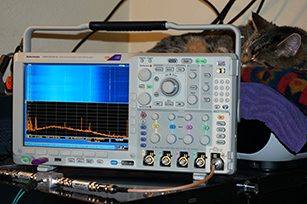
|
|
Spectrum Analyzer Equipment

Icom IC-R75 Radio Receiver Strip Chart
- Icom IC-R75 radio receiver with Radio-SkyPipe II strip chart recorder
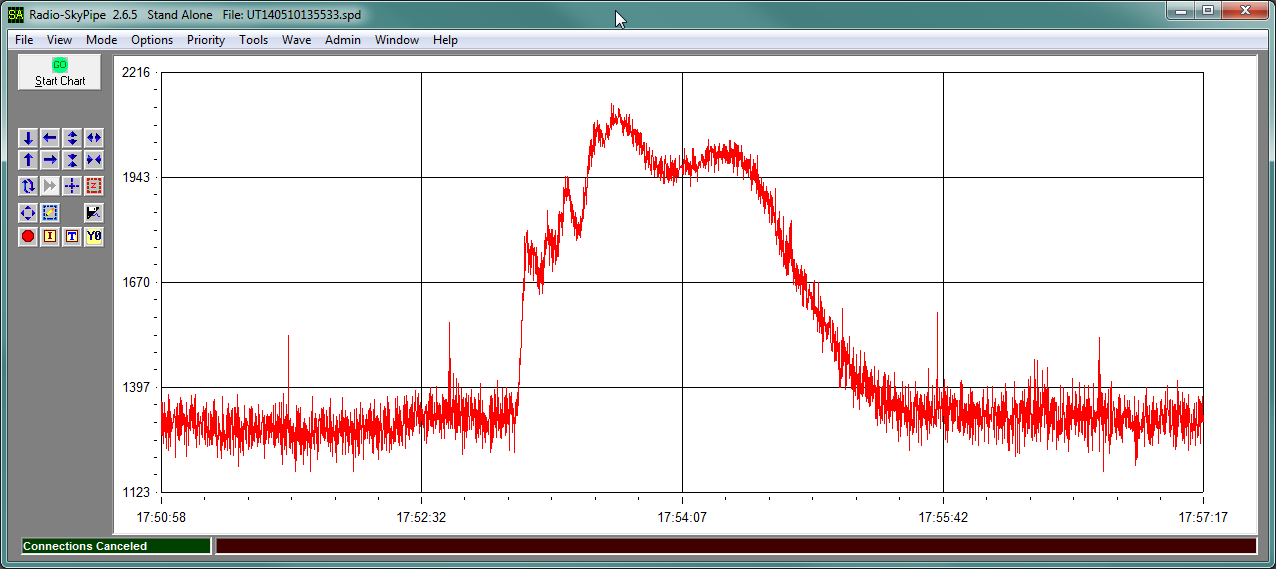
Radio Equipment
- Icom
IC-R75
- 20.1MHz
- LSB
- AGC off
- Preamp 2 on
- Behringer
XENYX 302USB 5-Input Mixer with XENYX Mic Preamp and USB/Audio Interface
- The HP laptop does not have a line input, only mic input.
- XENYX 302USB works great taking the IC-R75 back recorder jack [REC] signal and digitizing it.
- The XENYX 302USB has its own Line gain control.
- The XENYX 302USB has its own headphone gain control.
- MFJ Enterprises
MFJ-1040C Preselector
- Radiowavz
15-DP11 15M dipole antenna with 1:1 Balum
Software

RFSpace
SDR-IQ Receiver
- Compare below spectroagram with the Icom IC-R75 strip chart.
- SpectraVue V3.28 software.
- Radiowavz
15-DP11 15M dipole antenna with 1:1 Balum
- HP Pavilion dv7 Notebook PC, 64-bit, Windows 7 Home Premium SP1
- Ridiculously Simple NTP Client by Wolfgang "Wolf" DL4YHF for time keeping
RFSpace SDR-IQ Receiver Video
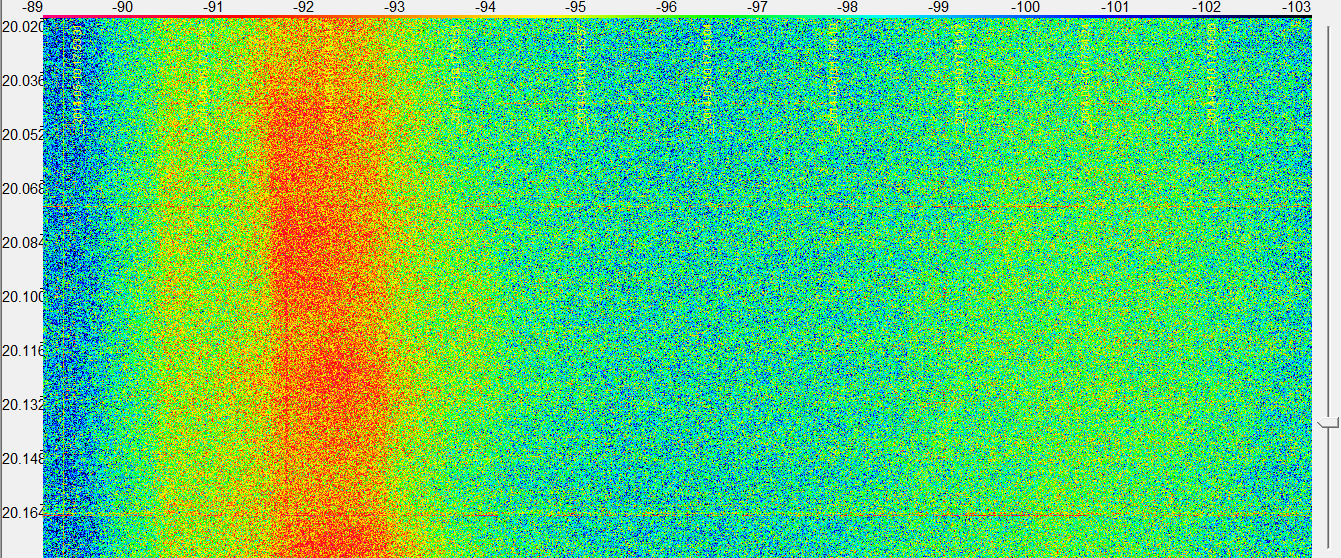

Observing Information
- OBS-Time: May 10, 2014, 1753 UT
- OBS-Location: Camas, WA USA, 16.6 miles East-North-East from the center of Portland, OR, USA

Radio JOVE Data Archive Calendar

Verifying Solar Burst
NOAA/ National Weather Service
National Centers for Environmental Prediction
Space Weather Prediction Center
Solar Event Reports (Edited Events)
- Solar burst began at 1753 UT and ended at 1755 UT
- Reporting observatory SAG: Sagamore Hill, MA, USA
- Event RSP: Sweep-frequency radio burst
- Frequency: 25 MHz to 180 MHz
- Particulars: type V burst of major intensity 2
- Type V burst: Brief continuum burst.
- 2 is significant intensity rating
:Product: 20140510events.txt
:Created: 2014 May 11 1202 UT
:Date: 2014 05 10
# Prepared by the U.S. Dept. of Commerce, NOAA, Space Weather Prediction Center
# Please send comments and suggestions to SWPC.Webmaster@noaa.gov
#
# Missing data: ////
# Updated every 30 minutes.
# Edited Events for 2014 May 10
#
#Event Begin Max End Obs Q Type Loc/Frq Particulars Reg#
#-------------------------------------------------------------------------------
7530 1753 //// 1755 SAG C RSP 025-180 V/2
7530 + 1753 1753 1753 SAG G RBR 245 320
|

NASA STEREO / WAVES
NASA WIND-WAVES: The Radio and Plasma Wave Investigation on the WIND Spacecraft
NASA STEREO (Solar TErrestrial RElations Observatory)
NASA STEREO / WAVES data
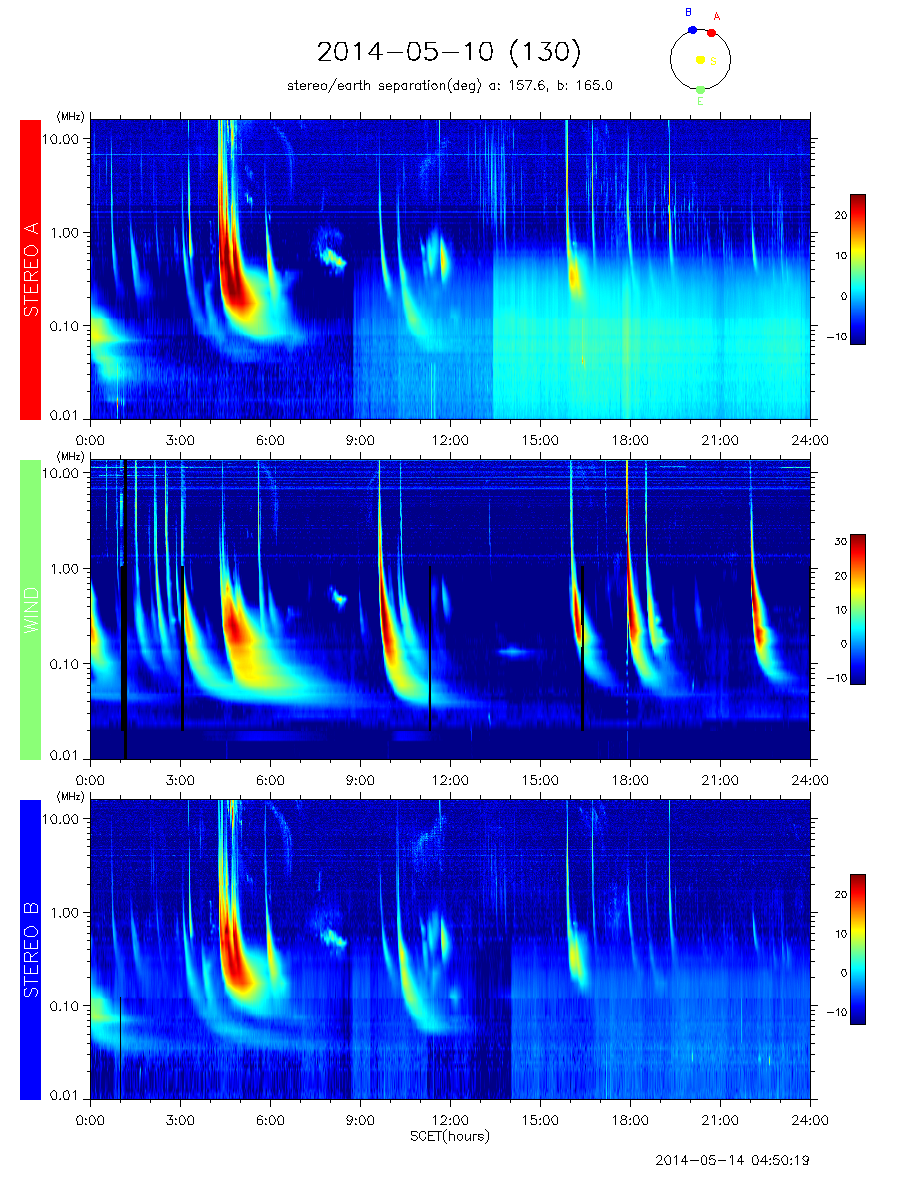


|
![]()
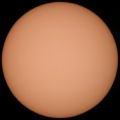
![]()




